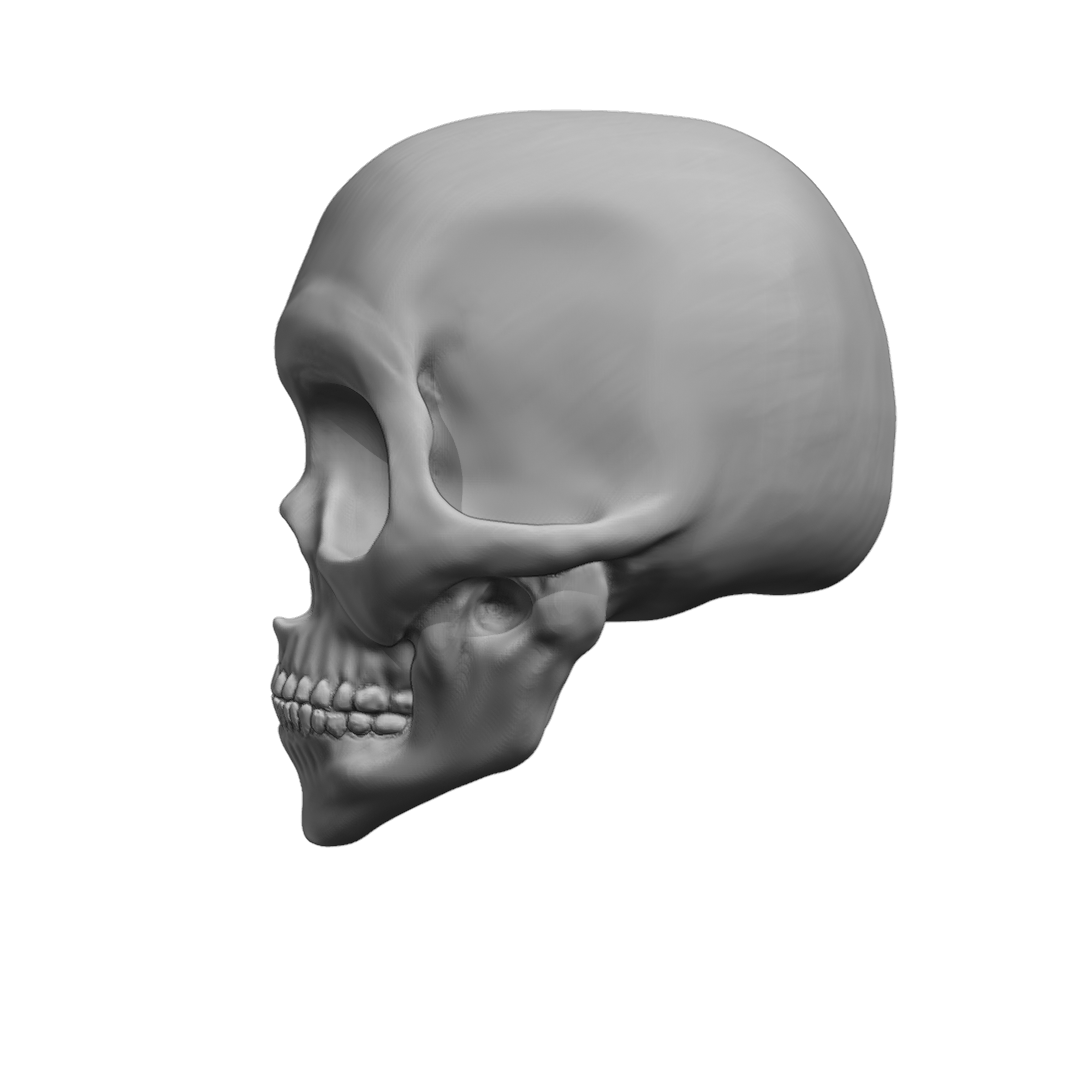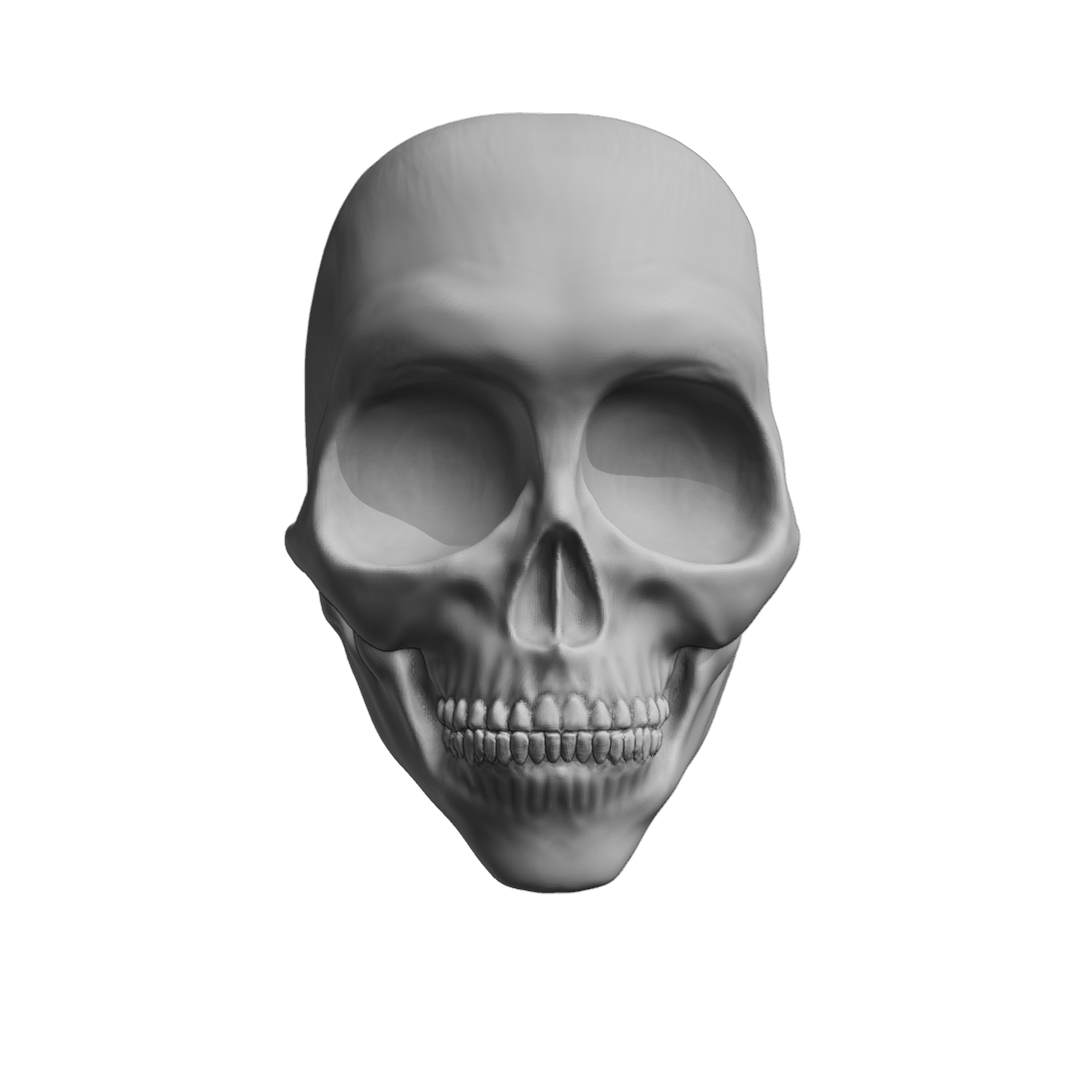On the early stage of my journey to 3D art, I tried to make simple structured models. For example, this screw driver from well-known TV series “Dr. Who”. It had simple shape, but achieving that shape with a good topology and maintaining proper edge flow could be challenging. But creating those shapes teaches a good lesson and makes the artist familiar with the start point. Actually learning the shape of this model’s bottom white part was so blessing that I have used this technique in multiple model later in my works!
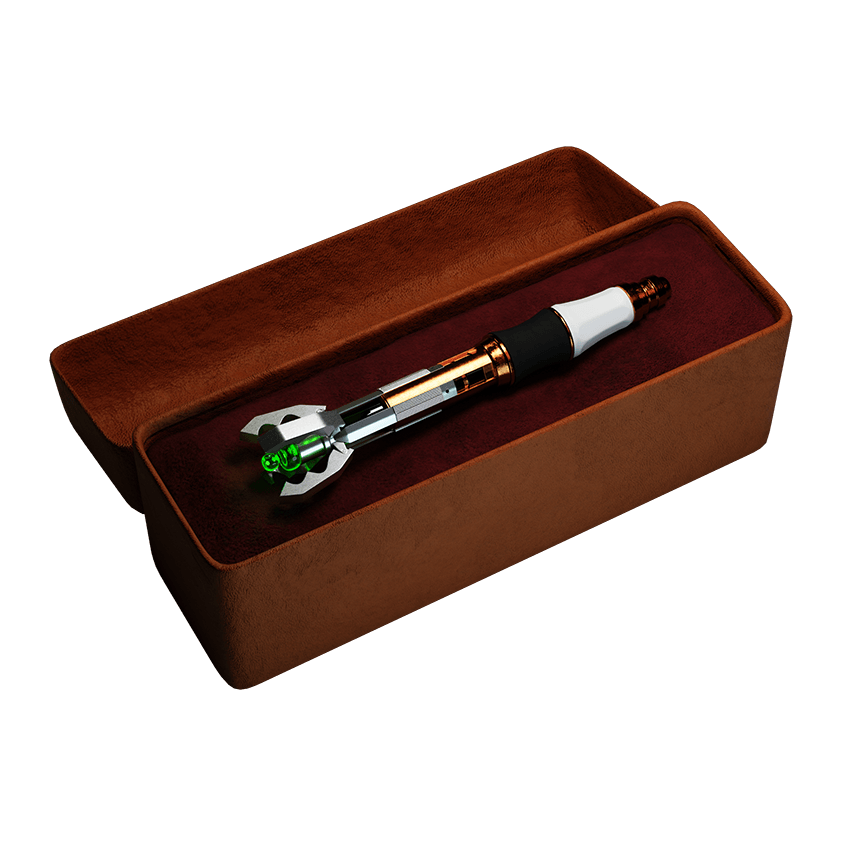
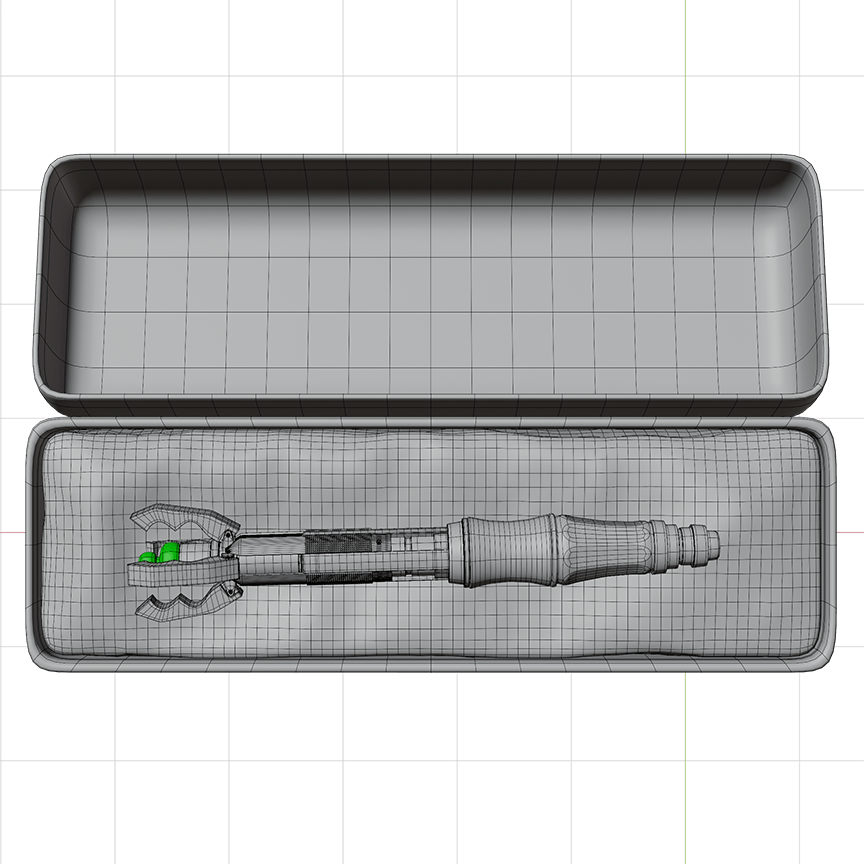
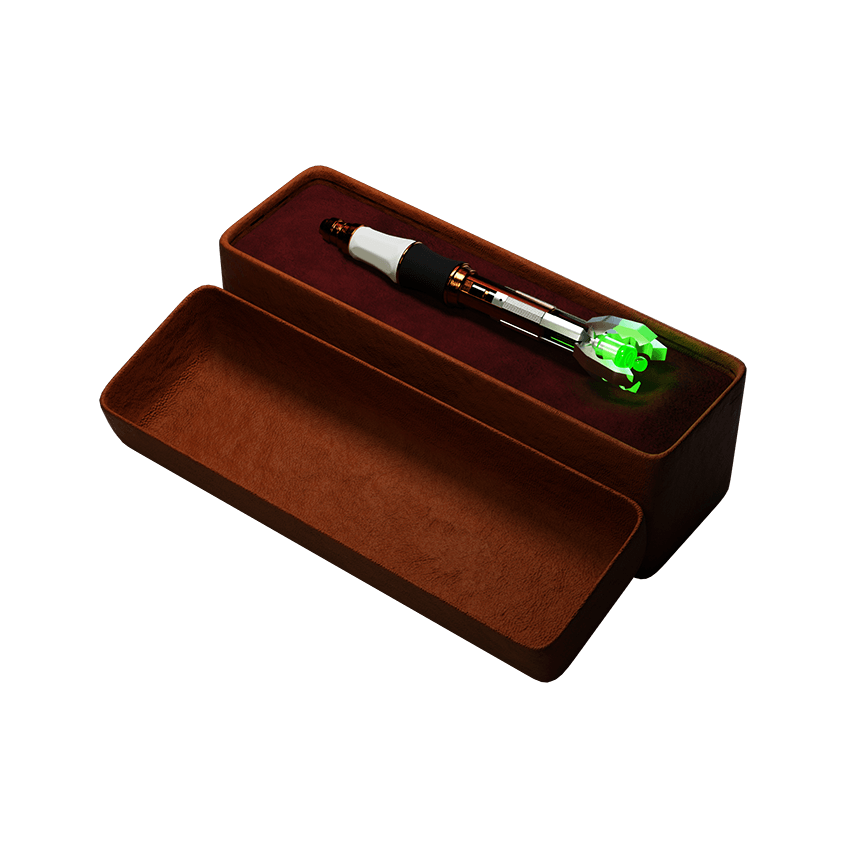
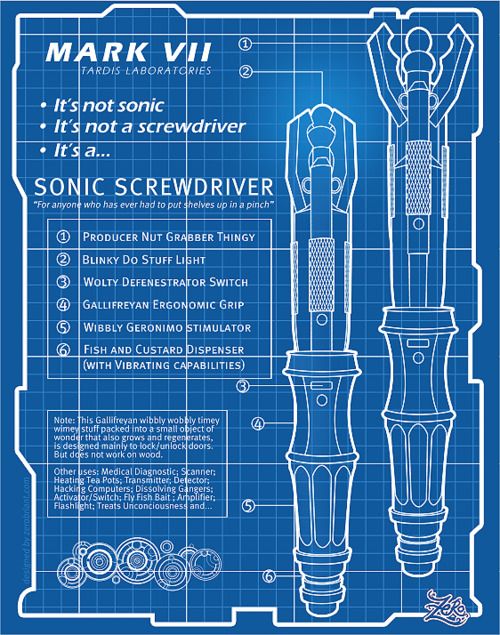
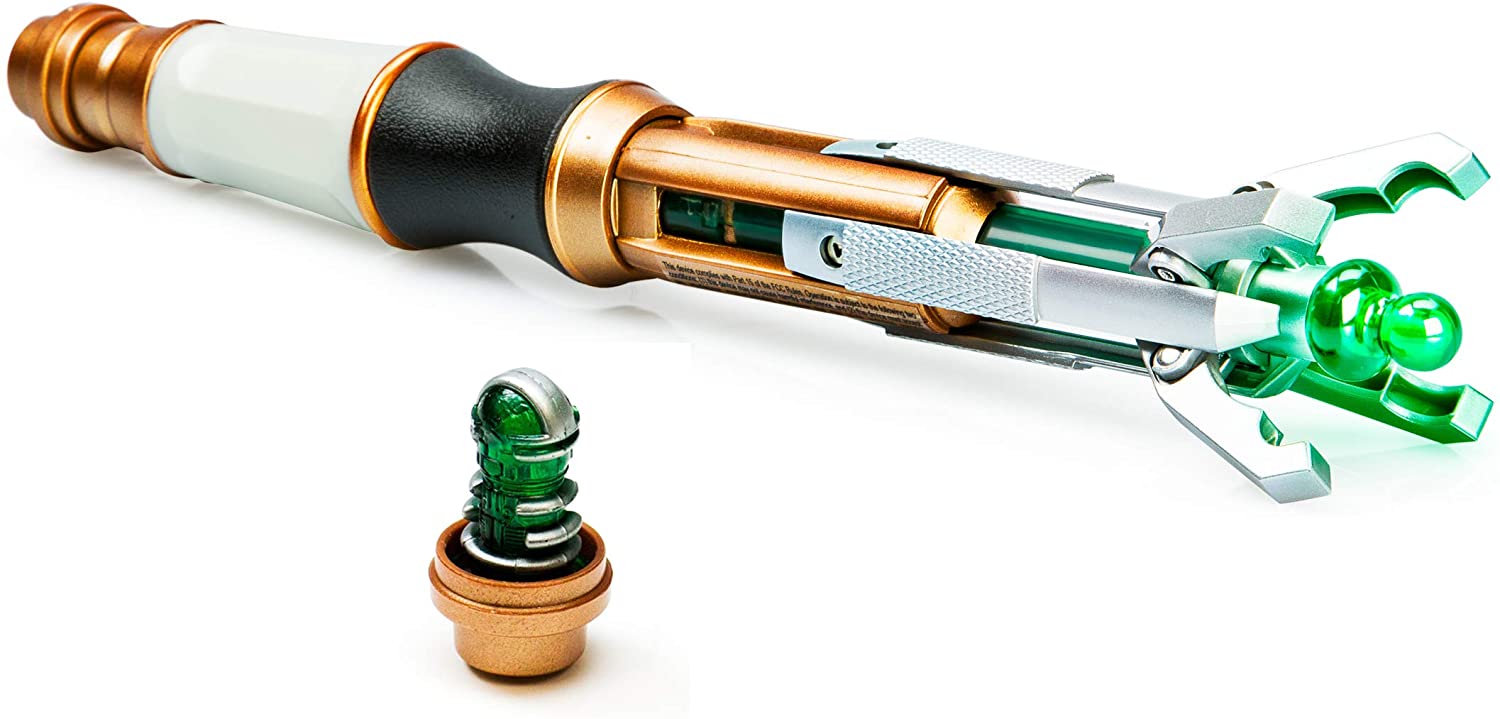
And as I progressed, I have started studying human anatomy and started sculpting. When I started sculpting this scull, I researched how other artists sculpt their models. And while the body proportion does matter, the sculpting method may vary from person to person. One thing helped me to maintain the proportion is getting to know how 2D artist does their work for human anatomy. However, I realized that 3D works depends a lot on knowing the sculpting application properly. For example, for blender3d I use 3 window 2 of which are in orthographic camera. And main window is in perspective camera with 80+ focal length. One the other hand in zbrush the workflow is a lot similar to 2D work flow, but I had to continuously rotate the viewport.
